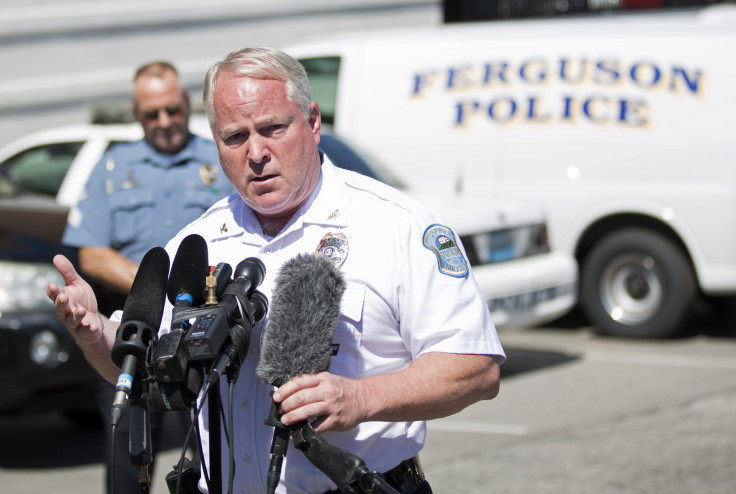DOJ Ferguson Report: How Elected Officials Used Racism To Generate Millions In Revenue

Life for many residents in Ferguson, Missouri, seems dominated by unconstitutional treatment from politicians and cops, who are encouraged to fill city coffers with the hard-earned cash of poor and impoverished residents, without regard for fairness. That’s how federal officials have described a willful scheme by local elected officials and police department leadership to target the city’s mostly African-American residents with tickets and fines that amounted to several million dollars in revenue over multiple years, according to a newly released report of an investigation into city and police conduct that was compiled by the U.S. Department of Justice.
Racial bias and stereotypes against blacks and other minorities served to exaggerate the city’s approach, which the DOJ said only “compromised the institutional character of Ferguson’s police department.”
Police had been mandated to write an increasing number of tickets in order to generate enough revenue in fines and court fees to make up for a city financial shortfall, DOJ investigators found. “Officers sometimes write six, eight, or, in at least one instance, fourteen citations for a single encounter,” the report states. “Indeed, officers told us that some compete to see who can issue the largest number of citations during a single stop."
The patterns in policing practices revealed the racial targeting: African-Americans, who are about two-thirds of Ferguson’s population, accounted for 85 percent of drivers in police traffic stops, 90 percent of traffic-ticket recipients, and 93 percent of those arrested. Citizens who couldn’t afford to pay or missed multiple court appearances were subject to arrests and jail time, which “would be considered far too harsh a penalty for the great majority of these code violations,” the report stated.
Responsibly handling the fines was described to investigators as difficult. The municipal court holds only three or four sessions each month, during which as many as 500 people would gather to resolve their cases. The crowds would exceed the court’s physical capacity, creating long lines in the hallways and outside the court, the report states.
But even with the crowds and the strain on court resources, the efforts proved lucrative. In the city’s budget for 2012, officials predicted that revenue from municipal fines and fees would be $1.92 million. But they exceeded that target, collecting $2.11 million. In 2013, the city predicted fines and fees to bring in $2.11 million, but that year they collected $2.46 million. For 2014, the city projected $2.63 million from fees, but the final tally has not been made public, according to the DOJ's report. Revenues for 2015 were forecast to surpass the $3 million mark.
The increases were championed by city leadership. According to the report, in March 2011, the city’s police chief told the city manager that court revenue in February was $179,862.50. That “beat our next biggest month in the last four years by over $17,000,” the chief wrote in a memo. “Wonderful!” the city manager replied, according to the DOJ report.
© Copyright IBTimes 2024. All rights reserved.






















